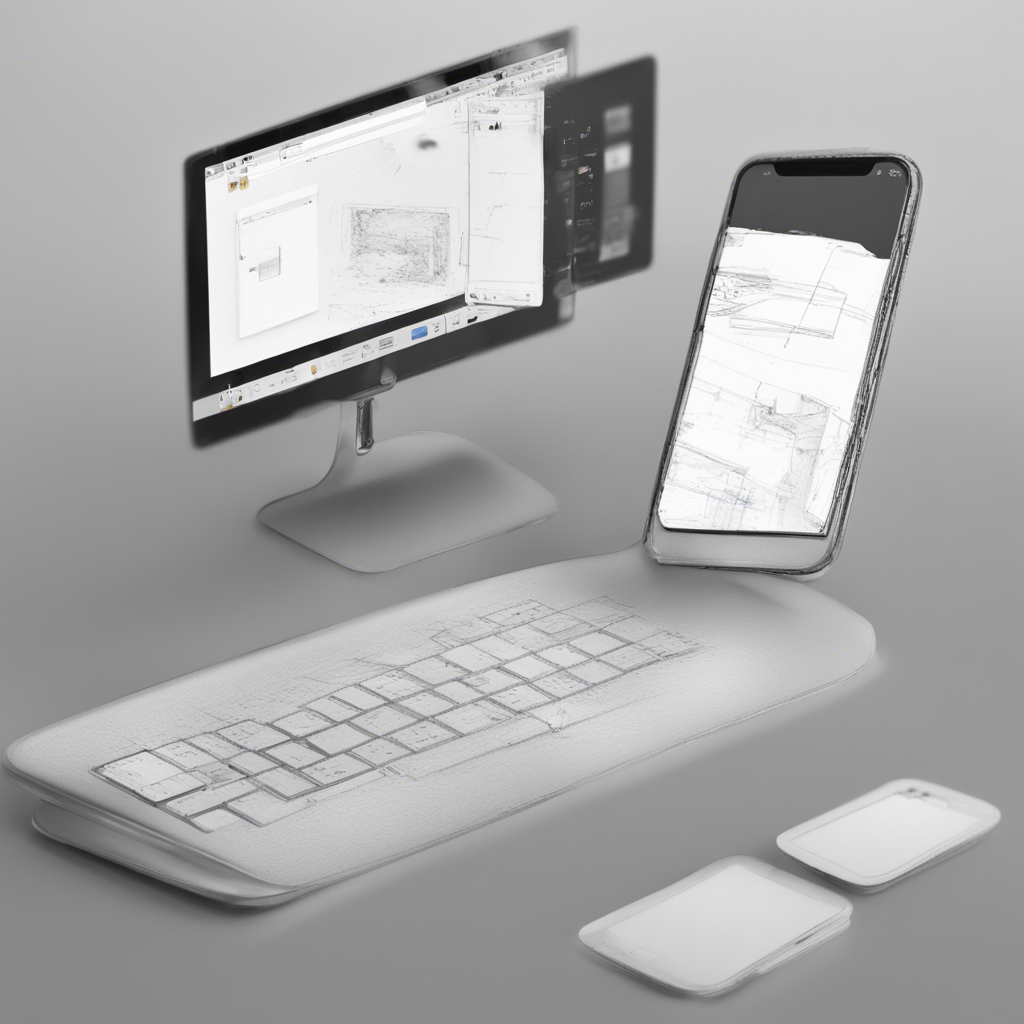
Building Your First Mobile App: A Step-by-Step Guide
In today’s digital age, mobile applications have become an essential part of our daily lives. From social media platforms to productivity tools, there seems to be an app for almost everything. If you’ve ever thought about creating your own mobile app but didn’t know where to start, you’re in the right place. This step-by-step guide will walk you through the process of building your first mobile app, from conceptualization to launch.
Step 1: Define Your App Idea
The first step in building a mobile app is to define your app idea. Start by identifying a problem that your app will solve or a need that it will fulfill. Conduct thorough market research to ensure that there is demand for your app. Consider the target audience, competition, and potential revenue streams. Refine your app idea by creating a detailed app concept, including features, design elements, and user experience considerations.
Step 2: Wireframing and Design
Once you have a clear app idea, it’s time to create wireframes and design mockups for your app. Wireframing helps you visualize the layout and flow of your app’s screens, allowing you to fine-tune the user experience. Tools like Adobe XD, Sketch, or Figma can be used to create wireframes and design prototypes. Focus on creating a visually appealing and user-friendly design that aligns with your app’s branding.
Step 3: Development
The development phase is where your app idea starts to take shape. Decide whether you want to develop a native app (iOS or Android), a hybrid app, or a web app based on your target audience and technical requirements. If you’re new to app development, consider using app development platforms like Flutter, React Native, or Appgyver to streamline the process. Write clean, efficient code and test your app rigorously to ensure that it functions as intended.
Step 4: Testing and Quality Assurance
Testing is a critical step in the app development process to identify bugs, errors, and usability issues. Conduct both manual and automated testing to ensure that your app works across different devices and operating systems. Implement feedback from beta testers and make necessary improvements to enhance the app’s performance and user experience. Consider tools like Firebase Test Lab or TestFlight for beta testing and monitoring app performance.
Step 5: App Deployment
Once your app is developed and tested, it’s time to deploy it to the app stores. Register as a developer on the Apple App Store and Google Play Store, and follow their guidelines for app submission. Prepare app store assets like app icons, screenshots, and descriptions to optimize your app listing for discoverability. Consider app store optimization (ASO) strategies to improve your app’s visibility and attract more users.
Step 6: Marketing and Promotion
Launching your app is just the beginning. To ensure its success, you need to implement effective marketing and promotion strategies. Utilize social media platforms, email marketing, influencer collaborations, and app store ads to reach your target audience. Create engaging content like app tutorials, demo videos, and user testimonials to generate buzz around your app. Monitor key performance indicators (KPIs) like downloads, retention rates, and user feedback to measure your app’s success.
Conclusion
Building your first mobile app can be a challenging but rewarding experience. By following this step-by-step guide, you can navigate the app development process with confidence and create a successful mobile app. Remember to stay updated on the latest app development trends and technologies to continuously improve your app. Whether you’re building a utility app, a game, or a social networking app, the key to success lies in thorough planning, excellent execution, and continuous iteration based on user feedback.
References:
- How to Build a Mobile App: 5 Steps to Successfully Build an App
- Mobile App Development Process: Step-by-Step Guide
- Android Developers - Build Your First App
- Apple Developer - App Store Connect
- Google Play Console
- How to Market Your Mobile App
Note: The above references provide additional insights and resources for building and marketing your mobile app.






